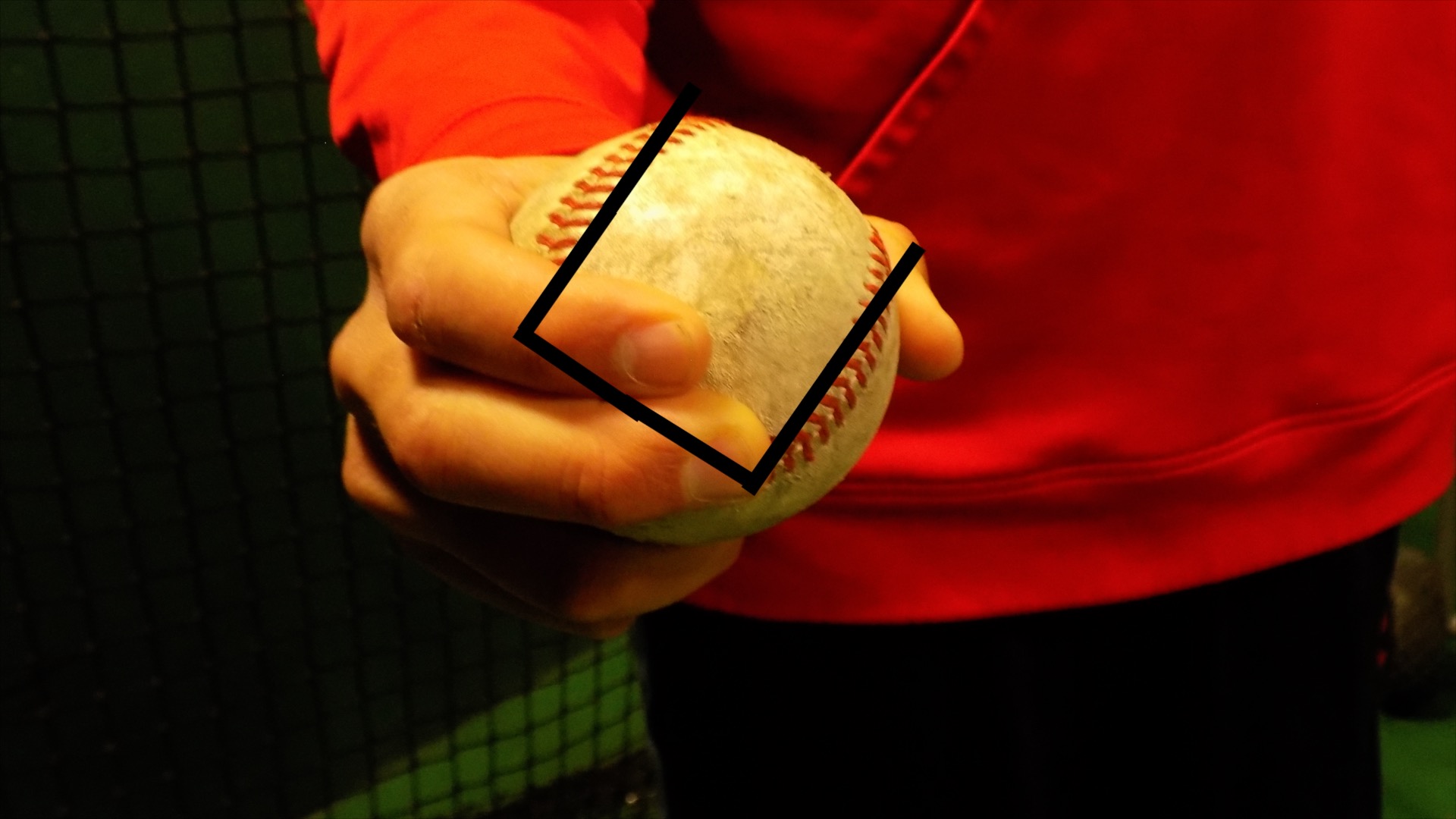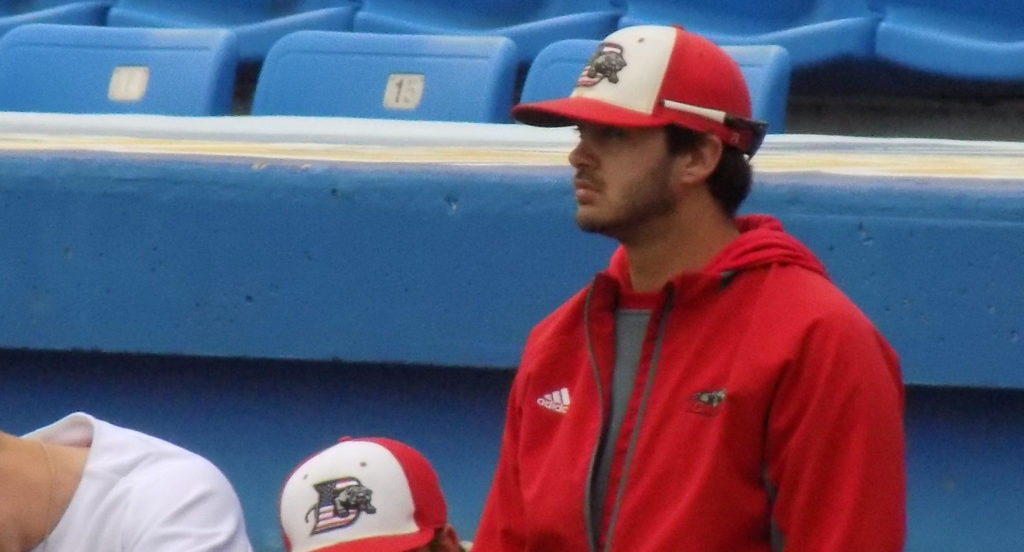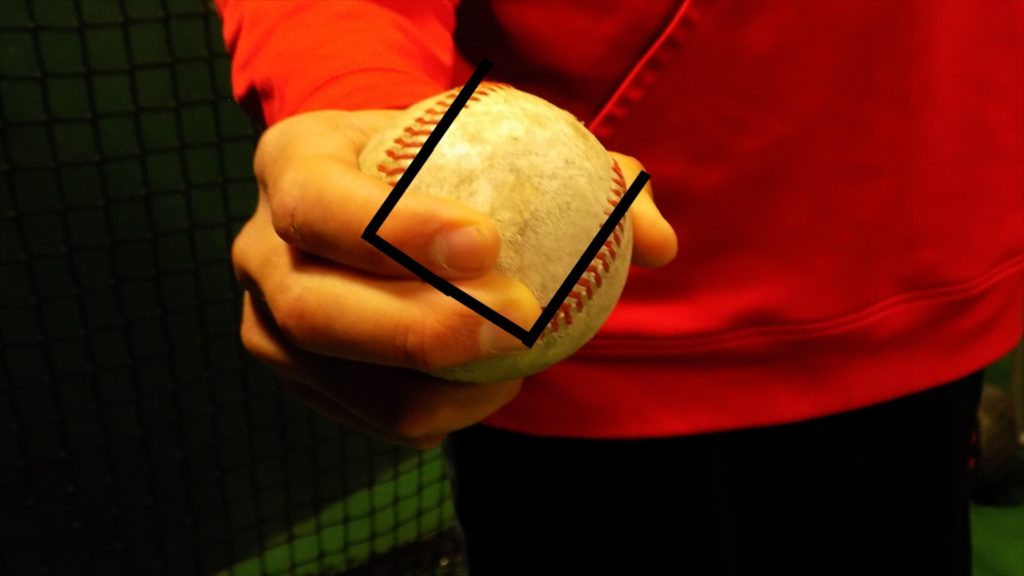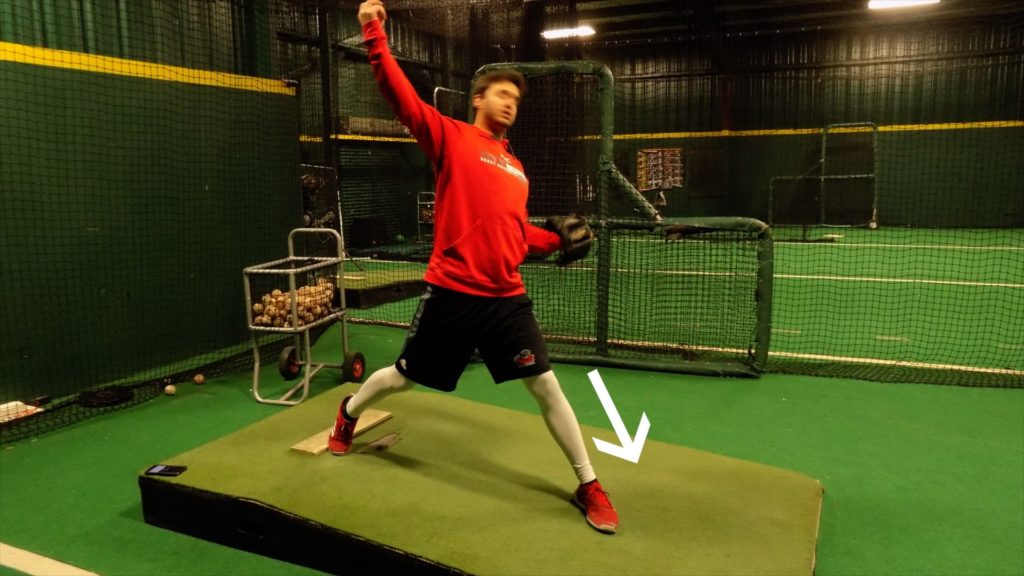

The key to a solid pitch? Good movement, says Drury Pitching Coach Gage Jacobs.
“In high school baseball you can get away with a slow, loopy breaking ball,” says Jacobs. “But it doesn’t really play at the college level. Sitting in those scouting meetings, I heard the discussions. If there are two right-handed pitchers that both throw 92 to 94 [mph] with good stuff but one of them has a breaking ball, well, that’s our guy.
“You’ve got to be able to throw a breaking ball.”
Jacobs was the closer when Drury won the conference title in 2014 and ‘15 and threw a breaking ball 72% of the time. He has been a pitching coach at the junior college level (Kalamazoo Valley Community College), summer collegiate level (Kalamazoo Growlers), and last summer served as the pitching coach with the Kansas City Royals scout team.
Here’s his advice for throwing a better curveball.
The grip
Throwing a curveball starts with the grip, Jacobs says. He encourages pitchers to think of the stitches as a box instead of a curve. The box as a guide; the fingers should fit in the corner of the box.

Hand speed
Ideally, a curveball moves as late as possible as it nears the batter. It needs to be velocity-based, so pitchers must use a quick throw while keeping their wrists loose.
Hand placement
Jacobs has pitchers get their hands in front of the ball for the best throw. Releasing the ball with the hand on the side creates a lazy spin. Place your hand in front of the ball, and pull down on it to spin it.
The platform
Another important aspect of throwing an off-speed pitch: standing firm on the front leg. As your front foot strikes the ground, lock out the knee and get on top of the baseball. “If you watch big league guys, they get firm and they almost push back [with the front leg] to create a kind of catapult effect,” Jacobs says. “And once everything gets firm, everything turns over.”
